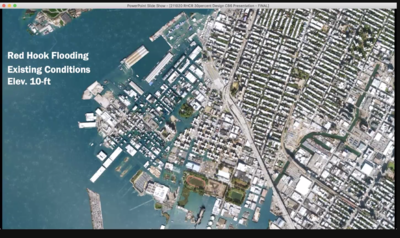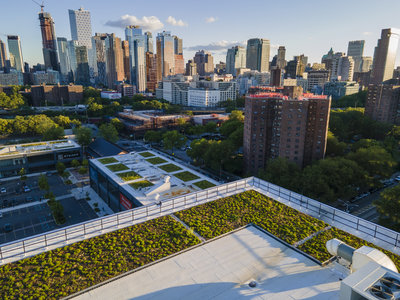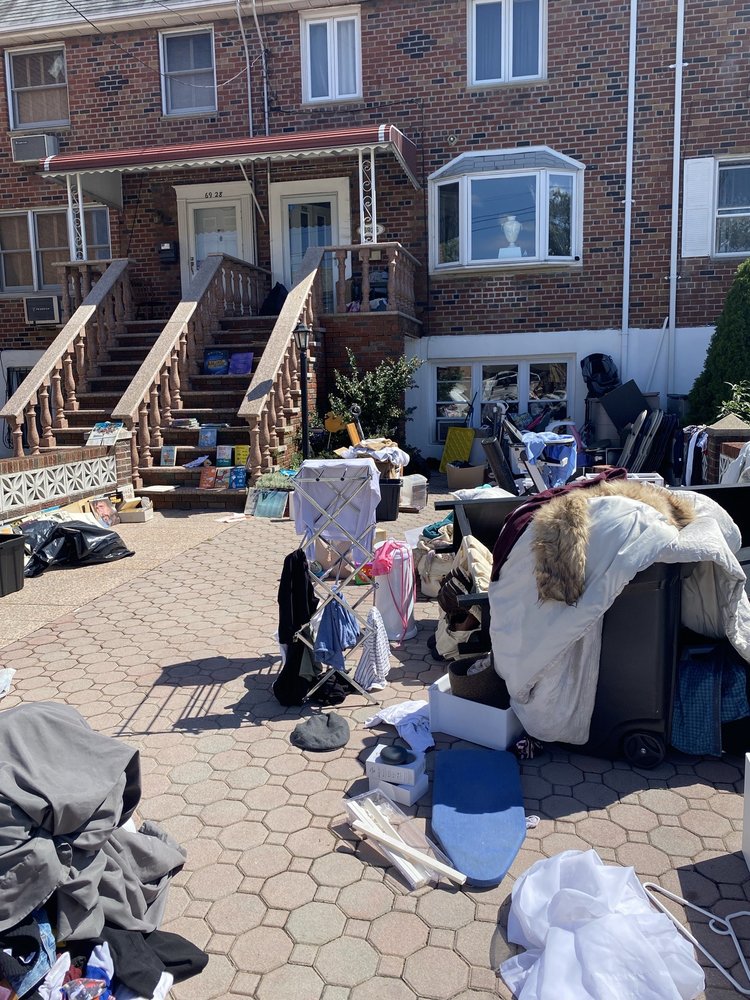Public Advocate testifies about flood resiliency
Public Advocate Jumaane Williams and Councilwoman Carline Rivera have introduced legislation that would require the city to have more emergency planning in relation to flash floods.
The National Weather Service had to issue its flash flood emergency –, which is more severe than a “watch” or “warning,” for NYC in the agency’s history this past September after historic rainfalls from hurricane Ida. 13 people from New York City, primarily in Brooklyn and Queens, died due to being trapped in flooded basements.
The city estimates that there are over 50,000 basement units in the city. But the number isn’t reflective of the reality as most “basement” apartments are illegal and technically classified as cellars – which have worse health standards and safety qualities.
A basement is a story of a building partly below curb level but with at least one-half of its height above the curb level; while a cellar is an enclosed space having more than one-half of its height below curb level – according to the Housing Preservation and Development website. While there was a pilot program to convert units into fully legal basements, the funding was slashed by 92 percent in the 2021 budget under then-Mayor Bill de Blasio.
The current legislation being pushed by Williams and Rivera wouldn’t change the legality of basement apartments but rather focuses on how the city responds to these emergencies. The bill would require the Office of Emergency Management (OEM) to establish a flash flood emergency evacuation plan for residents of multiple dwellings, post plans on the OEM website and conducting outreach, in coordination with the Department of Housing Preservation and Environmental Protection, that provides signage to residents regarding the flood risks and the evacuation plan. It would also require OEM to report on the implementation of the evacuation plan and post their reports on the OEM website.
“In the past decade, New Yorkers have been challenged by the hurricanes and floods that struck the New York City area leading to tragic consequences throughout the five boroughs…While New York City and the rest of the world grapple with the effects of climate change, we can put policies in place to prepare individuals who reside in flood zones,” Public Advocate Williams said during a committee hearing on Fire and Emergency Management and on Resiliency and Waterfronts. “Preparation is the key for maximizing best practices and minimizing tragedies.”
The bill would further require the OEM to release a report on the implementation of its plans within 60 days. The report would be required to give information on the number of multiple dwellings(including basement and first floor apartments evacuated during flash flood emergency), addresses and council districts of evacuated dwellings, challenges in implementing the evacuation plan and the number of people who were evacuated.
“We continue to talk about once-in-a-lifetime, once-in-a-hundred years storms as we now know. There will be much more than that. The horrors that I saw, in the City, during Hurricane Ida. Nothing is worse than losing lives that could have been prevented,” Williams said. “What we saw was the loss of homes, especially in southeast Queens, that we could have prevented and the lives that were lost with preventive intentions and communications. Because we had enough information to let folks know what was going to happen. We also know the areas that are continually flooded. Many of these residents have been complaining for many, many years without movement or response.”






